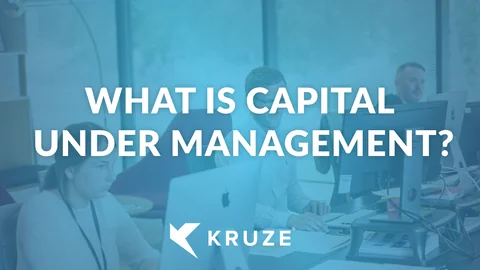
Simply put, “capital under management” in the world of venture capital refers to the total amount of funds that a venture capital firm has raised across all its investment vehicles. VC firms often raise multiple funds over time – think Fund 1, Fund 2, Fund 3, etc. If a VC fund is really good, it may have five, ten, or even fifteen funds.
What’s the significance of capital under management?
Capital under management is more of a high-level marketing metric, and what really matters to entrepreneurs is the size of the active fund. This is because that’s the fund that’s going to be writing them checks.
This is important because the capital from older funds, say those raised ten or twenty years ago, will often be in “runoff” or “harvest” mode. Which means those funds are primarily focused on managing and exiting existing investments, rather than making new ones.
However, the capital under management total (even from older funds) acts as a good marketing number for the VC funds themselves. For example, if a VC firm has raised three funds over the years, with Fund 1 at $100 million, Fund 2 at $200 million, and Fund 3 at $300 million, the firm’s total capital under management would be $600 million. That’s a pretty impressive figure.
‘Capital under management’ math can be complicated
Sometimes the math that a VC fund used to calculate capital under management might not be as straightforward as that example for a number of reasons, such as:
- One of a VC firm’s funds could significantly outperform, which could create the perception that the firm is managing more capital than its investors have actually committed..
- There are big write-ups in the fund’s balance sheet, which means the value of one or more of the companies in the fund’s portfolio have been adjusted upward, based on their perceived value. That increases the fund’s portfolio value, but doesn’t increase the pool of capital the fund has available to invest.
You’ll see people play around a bit with the numbers, which can happen with anything that’s a marketing metric. Everyone tilts certain things in their favor now and again.
Founders should focus on the active VC fund
Ultimately, understanding how much capital a VC has raised across its funds gives you a general idea of the firm’s capacity. But remember, the most important figure for an entrepreneur is how much capital the VC has available in their active fund, because that’s where the new investments come from.
If you have any other questions on capital under management, valuations, startup investing, or startup accounting, please contact us. You can also follow our YouTube channel and our blog for information about accounting, finance, HR, and taxes for startups!








